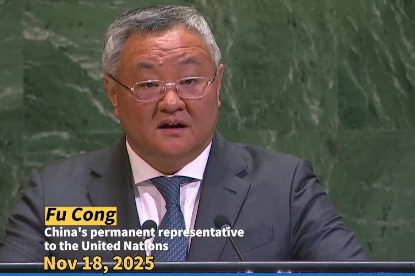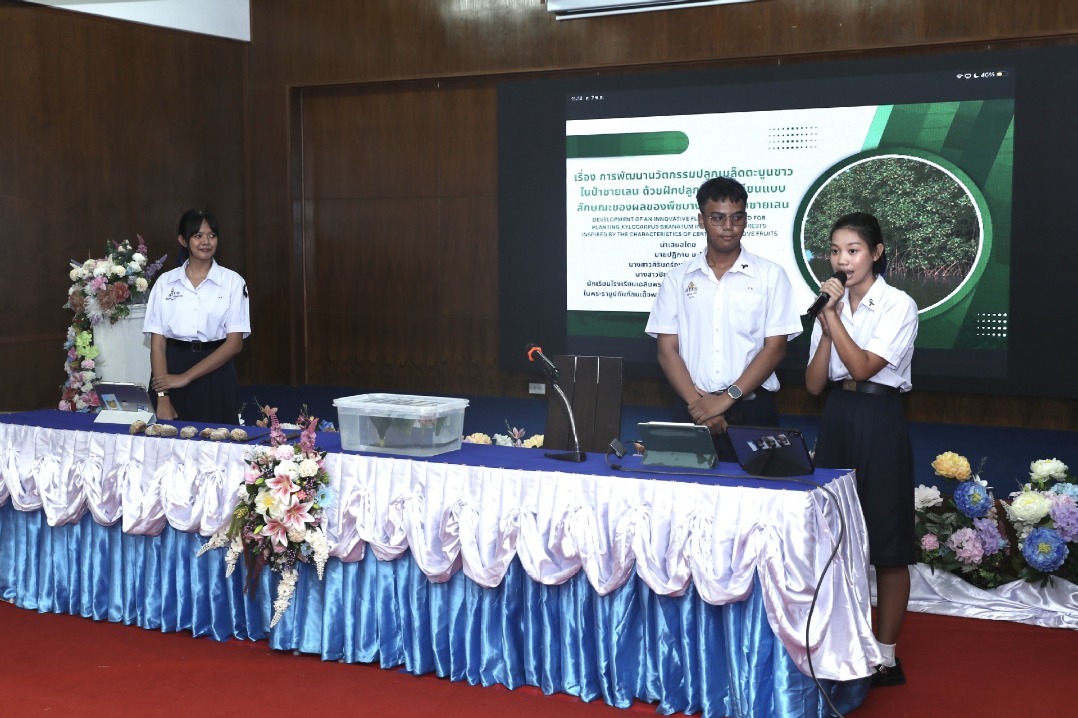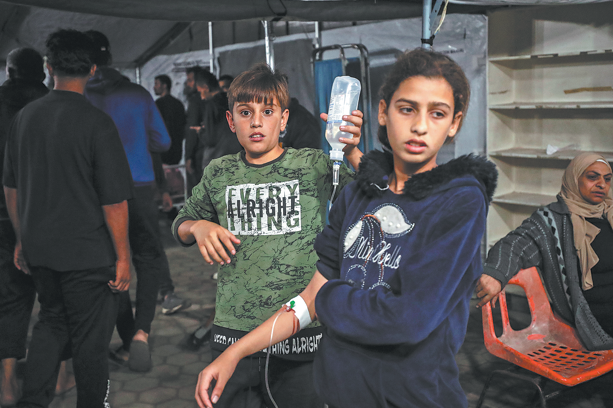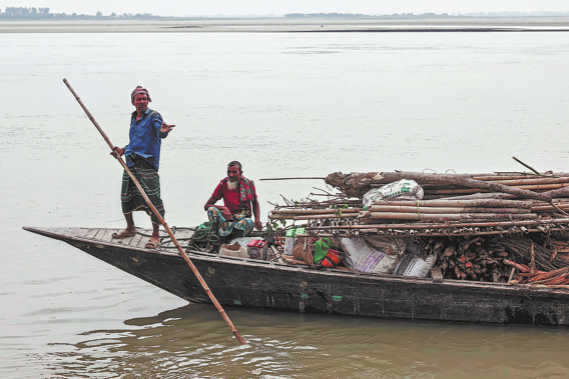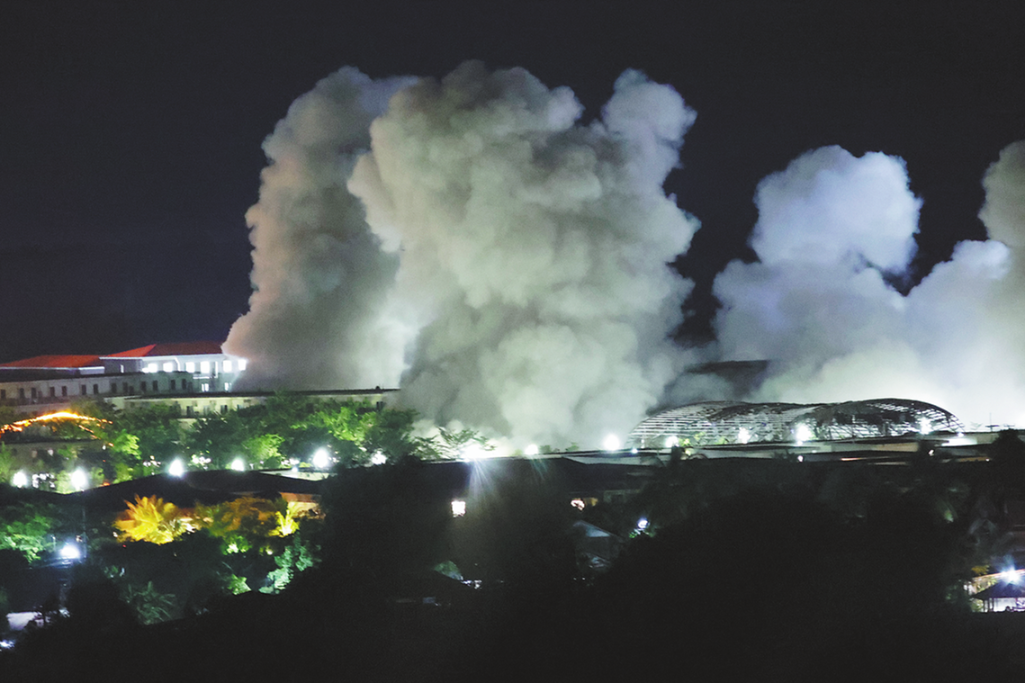Preparedness a priority
Nations should not only be ready for the possibility of an earthquake, but also make efforts to mitigate impacts of such a disaster: Experts

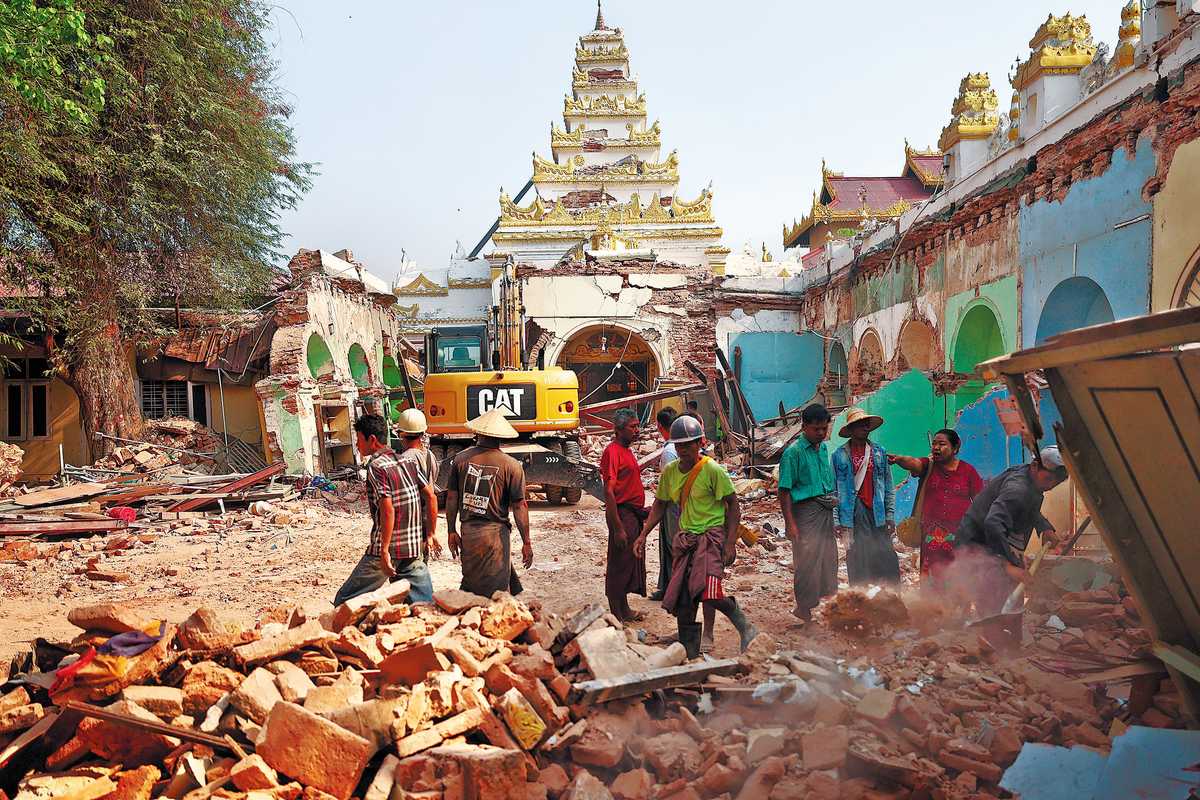
Editor's note: Over one month on after the Myanmar earthquake, this ANN special report examines why it led to so much devastation, the current situation in quake-hit areas, and why earthquake preparedness is crucial.
More than a month after a massive earthquake rattled Myanmar, about 207,000 people, including a large number of women and children, remain displaced, of whom about 42,000 are living in 135 temporary shelters, according to April 22 data from the ASEAN Coordinating Centre for Humanitarian Assistance on Disaster Management, or AHA Centre.
The earthquake was so devastating that it necessitated rebuilding and relocation plans in Myanmar's capital Naypyidaw, Thailand-based online newspaper The Nation reported.
The capital's urban layout is now under review, the article continued, with Myanmar's leader Min Aung Hlaing announcing plans to redesign the city's urban structure during a cabinet meeting held shortly after the quake.
To grasp the massive, destructive scale of the recent earthquake, one must understand the many factors that contributed to it, said Md Sakawat Hossain, professor at the Department of Geological Sciences at Jahangirnagar University, Dhaka.
"A 7.7-magnitude earthquake is quite major by itself. Paired with the shallow depth of the origin (about 10 kilometers) and proximity to major cities Naypyidaw and Mandalay, it has caused intense destruction we see today.
"For context, the amount of energy released during this earthquake was about 330 times that of the Hiroshima bombing."
The resulting conditions are nothing short of catastrophic. Food is difficult to come by and hygiene is a massive concern given the lack of access to reliable sources of clean water for drinking and washing.
The temporary tents, per AHA Centre, are constructed from materials that cannot withstand severe weather, such as heavy rain and extreme heat.
In the wake of the earthquake, the ASEAN said it strengthened the relief and recovery efforts through the ASEAN standby arrangements and ASEAN member states' contributions, among other mechanisms.
Individual countries, neighboring and from farther afield, have also stepped up to give aid, be it through the deployment of rescue workers, paramedics, and even sniffer dogs — some of whom doubled as therapy dogs for survivors and their families, as reported by The Nation.
Reuters published a list of initial aid contributors days after the quake, March 30, which included China, India, the United States, Vietnam, South Korea, Thailand, Russia, Japan, Singapore, Malaysia, Indonesia, the United Kingdom, New Zealand, and the Philippines.
The situation has been so dire that even neighboring nations with complex relations with Myanmar have taken it upon themselves to send in relief and humanitarian aid. Multiple rounds of relief, along with a humanitarian mission, were initiated by Bangladeshi authorities.
According to Bangladesh-based newspaper The Daily Star, two transport aircraft had been sent with 16.5 tons of emergency relief, including dry rations, clean water, oral saline, tents, hygiene products and other essential products to Yangon on March 3.
In a more recent report on Reuters, however, the International Federation of Red Cross and Red Crescent Societies, or IFRC, said on April 17 it had received "only a fraction of an emergency appeal for 100 million Swiss francs ($119 million)" to help in the recovery efforts.
















